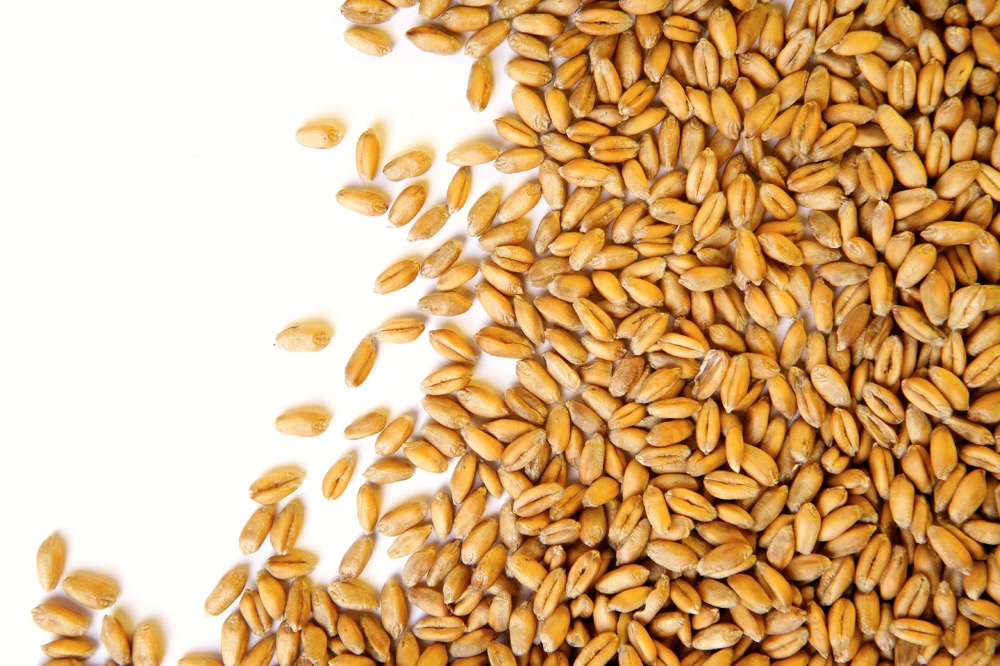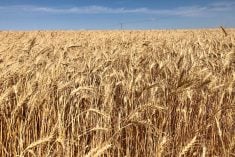Chicago | Reuters — U.S. wheat futures ended lower on Wednesday, led by K.C. hard red winter wheat, as the harvest progressed and forecasts signalled continued dry weather for combines rolling in the southern Plains, traders said.
Corn futures closed mixed, with strong domestic cash markets supporting nearby July futures on the Chicago Board of Trade. Soybean futures declined after a choppy session.
CBOT July soft red winter wheat settled down 1/4 cent at $10.50 per bushel, and K.C. July hard red winter wheat ended down nine cents at $11.33-1/4 (all figures US$). CBOT July corn finished 5-3/4 cents higher at $7.74 a bushel while July soybeans fell 4-3/4 cents to settle at $16.93-3/4.
Read Also

IGC raises 2025/26 world wheat crop forecast
The International Grains Council has raised its forecast for 2025/26 global wheat production with crop outlooks upgraded for Russia, the United States and Argentina.
CBOT soft red winter and K.C. hard red winter wheat futures fell on technical selling and seasonal pressure, with the K.C. July contract dipping to $11.25-3/4, its lowest since June 3. Weather forecasts in the southern Plains wheat belt called for “favourably dry” conditions, the Commodity Weather Group said.
“We are at harvest for winter wheat, and that’s going to keep it under some pressure. Because it is a small harvest, (futures prices) will probably bottom early in the harvest period, but we’ve still got to get a little farther,” said Jack Scoville, analyst with the Price Futures Group in Chicago.
Meanwhile, corn and soy traders were monitoring a hot spell in the Midwest, where the planting of both crops is nearly complete after delays due to cool, wet weather in April and May.
“Initially this hot and dry weather is going to be good for the crops; we needed it. But if it goes much longer, it will turn from good to bad in a hurry,” Scoville said.
Fears of an economic downturn, fuelled by surging inflation and lockdowns in China to counter renewed COVID-19 outbreaks, took attention away from supply disruption in grains caused by Russia’s invasion of Ukraine. The U.S. Federal Reserve approved its largest interest rate increase in more than a quarter of a century in a bid to combat inflation.
“Global trends in inflation and growth are increasingly a concern, and worryingly, a recessionary base case is where many investors appear to be heading,” said Stephen Innes, managing partner at SPI Asset Management.
— Reporting for Reuters by Julie Ingwersen in Chicago; additional reporting by Gus Trompiz in Paris and Naveen Thukral in Singapore.












